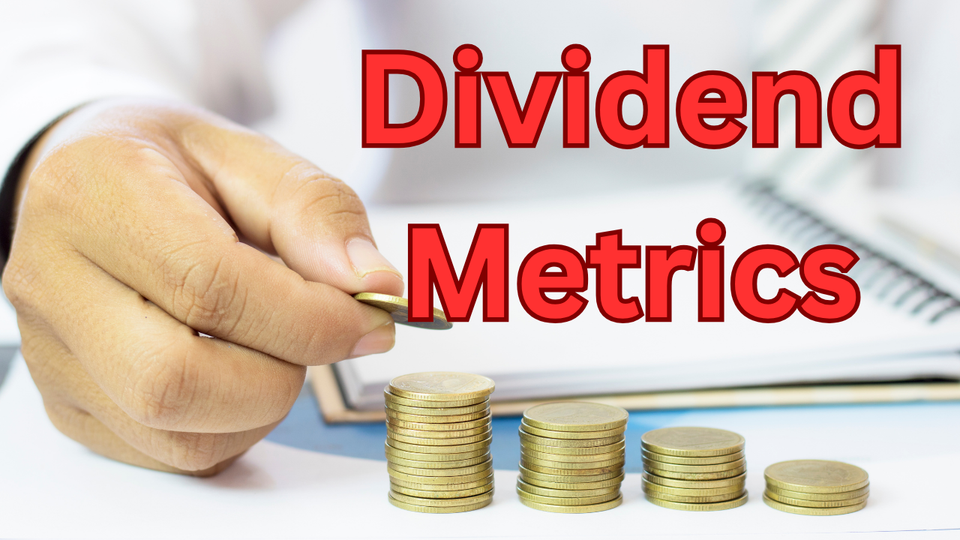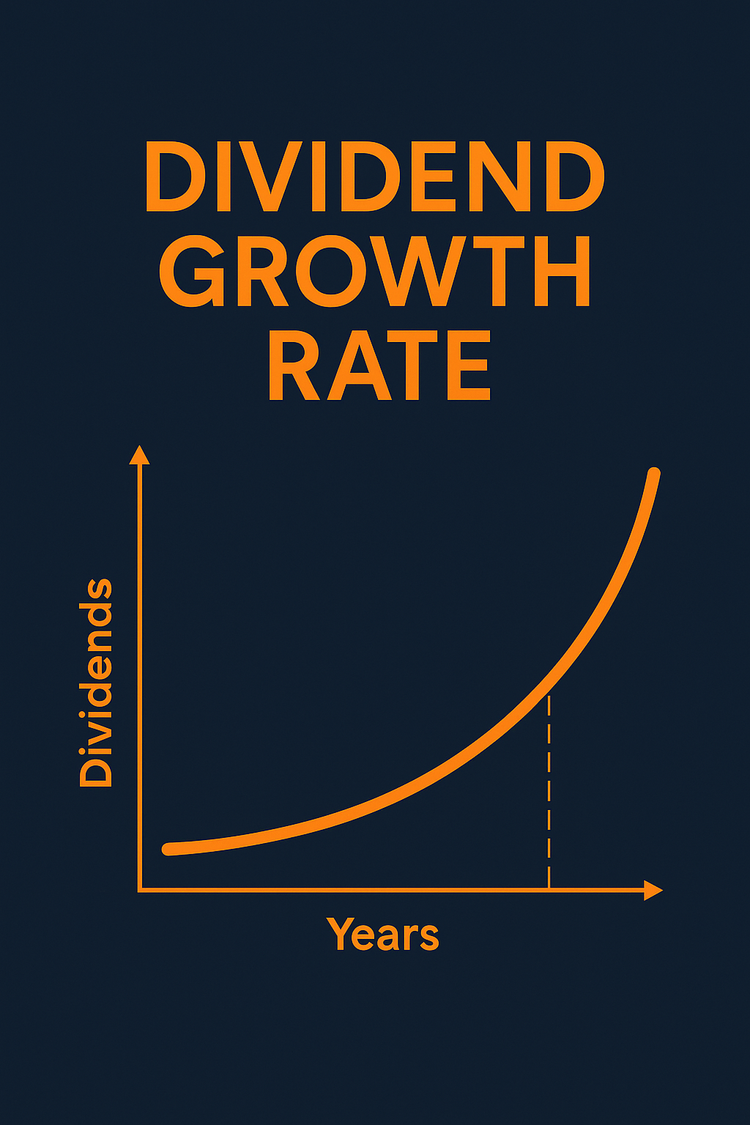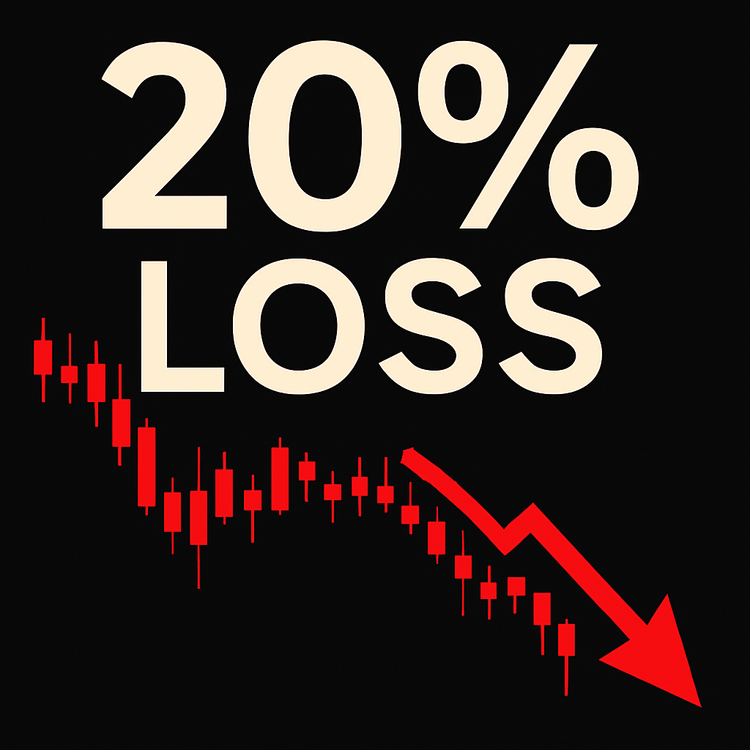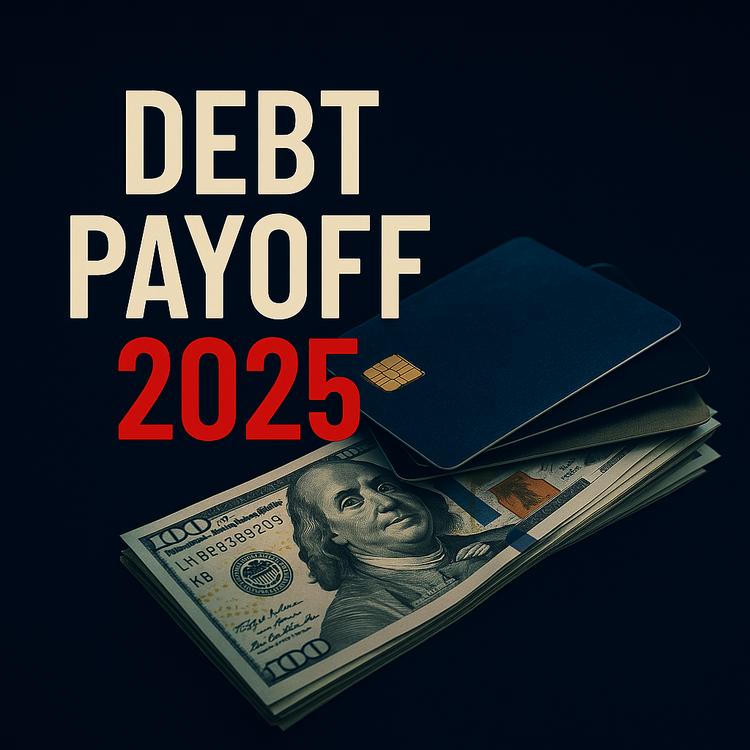Five Metrics to Judge Your Dividend In Less Than 2 Minutes

1) Earnings cover the check (EPS payout)
Excuses die here. Does trailing EPS actually fund the dividend with room for a raise and a bad quarter? In most sectors, mid-30s to ~60% says the business can breathe when the wind shifts. When the payout hugs the ceiling, you don’t own a dividend—you own a prayer. If EPS doesn’t cover it today, nothing else matters.
2) Cash covers it across years (multi-year FCF payout)
Cash or it doesn’t count. One quarter lies; a three-year average doesn’t. If free cash flow funds the policy through a normal cycle—comfortably below the edge for a mature business—you’re on firmer ground. If the math only works with one-offs and “adjustments,” you’re a hiccup away from a policy change.
Remember that “safe” payer you bought last dip? Pull its three-year FCF—does it whisper solid or scram? Weekly payouts can feel like progress. If multi-year cash doesn’t fund them, it’s not progress—it’s depletion.
3) Raises that stick (five-year dividend growth)
Raise that matters. Yield is a snapshot; growth is the compounding. A five-year dividend growth rate that beats inflation—steady mid-single digits for stalwarts—says the business can lift the check without stretching coverage to the breaking point. Turbo hikes on thin coverage aren’t strength; they’re showmanship.
4) Fit for the sector (context)
Weather matters. Staples, healthcare, and utilities can run higher payouts—fine—but multi-year cash still has to do the work. Retail, discretionary, and other cyclicals need tighter bands to survive downcycles. Capital-heavy models get a little slack; levered stories don’t. Own a cyclical like retail? If its payout’s loose in good times, it’ll snap in bad—check yours now. Context isn’t a hall pass. It’s how you keep standards high without kidding yourself.
5) Total return, not yield theater (per-share progress)
Scoreboard only. There’s no “free” dividend; on ex-div day, price typically adjusts by the payout. The only thing that matters is per-share progress—cash flow per share rising, share count not creeping up, and value per share moving the right way. The slot-machine glow is fun until the arm pulls flat. Ex-div day is math, not magic. Per-share progress is the only scoreboard.
How to check in two minutes
Open the latest 10-Q/10-K. Ctrl+F “dividend” and “cash flow.” Pull the annual dividend and EPS for payout. Scan three years of cash flow to confirm coverage. Glance at the dividend history for the five-year raise. Sanity-check against the sector. Then ask the adult question: is per-share value building?
Bottom line
Run the five checks on one name you own today. If it fails, fix it before it fixes you. If this saved you time, stick around—I publish one numbers-first deep dive a week.






Member discussion